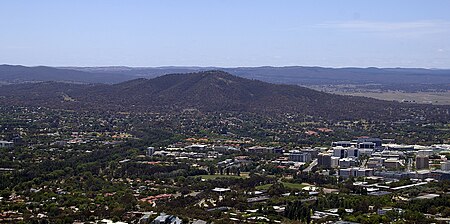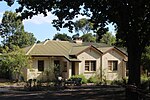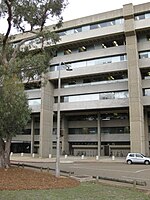Mount Ainslie
Mountains of the Australian Capital TerritoryParks in CanberraSilurian volcanismUse Australian English from May 2014Volcanoes of the Australian Capital Territory

Mount Ainslie is a hill with an elevation of 843 metres (2,766 ft) AHD that is located in the northeastern suburbs of Canberra, in the Australian Capital Territory, Australia. Mount Ainslie lies within part of the Canberra Nature Park.
Excerpt from the Wikipedia article Mount Ainslie (License: CC BY-SA 3.0, Authors, Images).Mount Ainslie
Mount Ainslie Drive, Canberra
Geographical coordinates (GPS) Address Nearby Places Show on map
Geographical coordinates (GPS)
| Latitude | Longitude |
|---|---|
| N -35.27 ° | E 149.15833333333 ° |
Address
Mount Ainslie Drive
Mount Ainslie Drive
Canberra
Australia
Open on Google Maps








